
Haiti ten years on: the lasting benefits of Swiss donations and aid
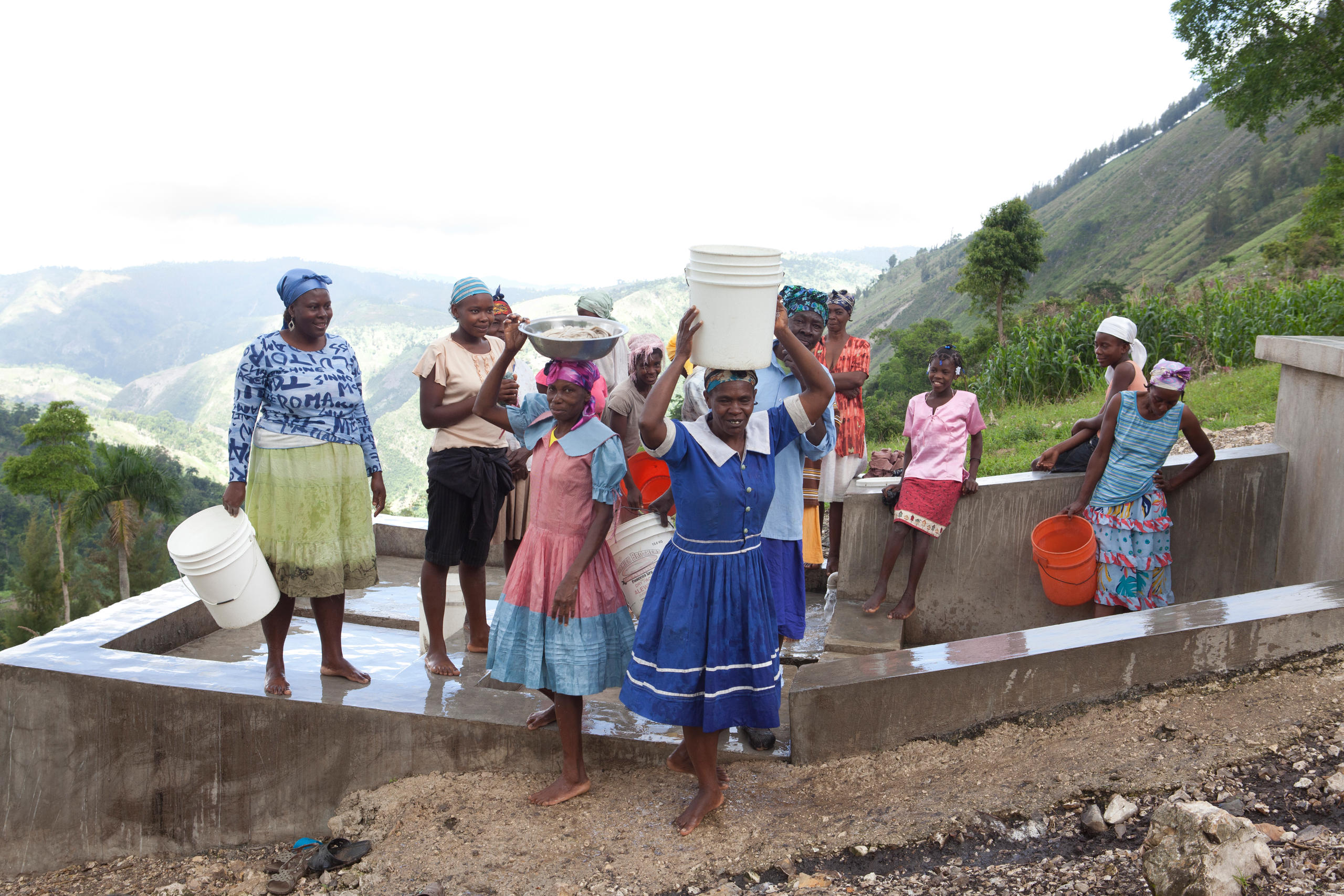
On January 12, 2010, an earthquake devastated Haiti. The death toll remains unknown. Swiss aid agencies worked to provide water and rebuild homes, among other things. In most cases this work is still having a positive impact, according to humanitarian foundation Swiss Solidarity.
“When I arrived in Port-au-Prince, the extent of the damage, the broken houses and buildings left me speechless,” recalls Eric Chevallier, programme officer for Central America and Haiti at Swiss NGO HelvetasExternal link since 2010.
The earthquake destroyed 80% of the capital and claimed an estimated 200,000-500,000 lives.
Swiss SolidarityExternal link launched a national appeal for donations, raising some CHF66 million ($68 million). By 2018, just under CHF63 million of this had been spent on 91 projects implemented by 21 partner relief organisations, including Helvetas.
In the Petit-Goâve regionExternal link, Helvetas took care of restoring the catchment area of several springs “to guarantee access to high-quality drinking water”, Chevallier explains. It also involved locals who had been affected: they built walls and planted trees “to ensure the long-term availability, quality and quantity of water”.
Sunday is the tenth anniversary of the earthquake in the poorest country on the American continent. To mark the occasion, on Monday in Geneva Swiss Solidarity presented an impact analysis which it had commissioned externally. This looked at, among other things, the long-term impact of the aid on people’s lives.
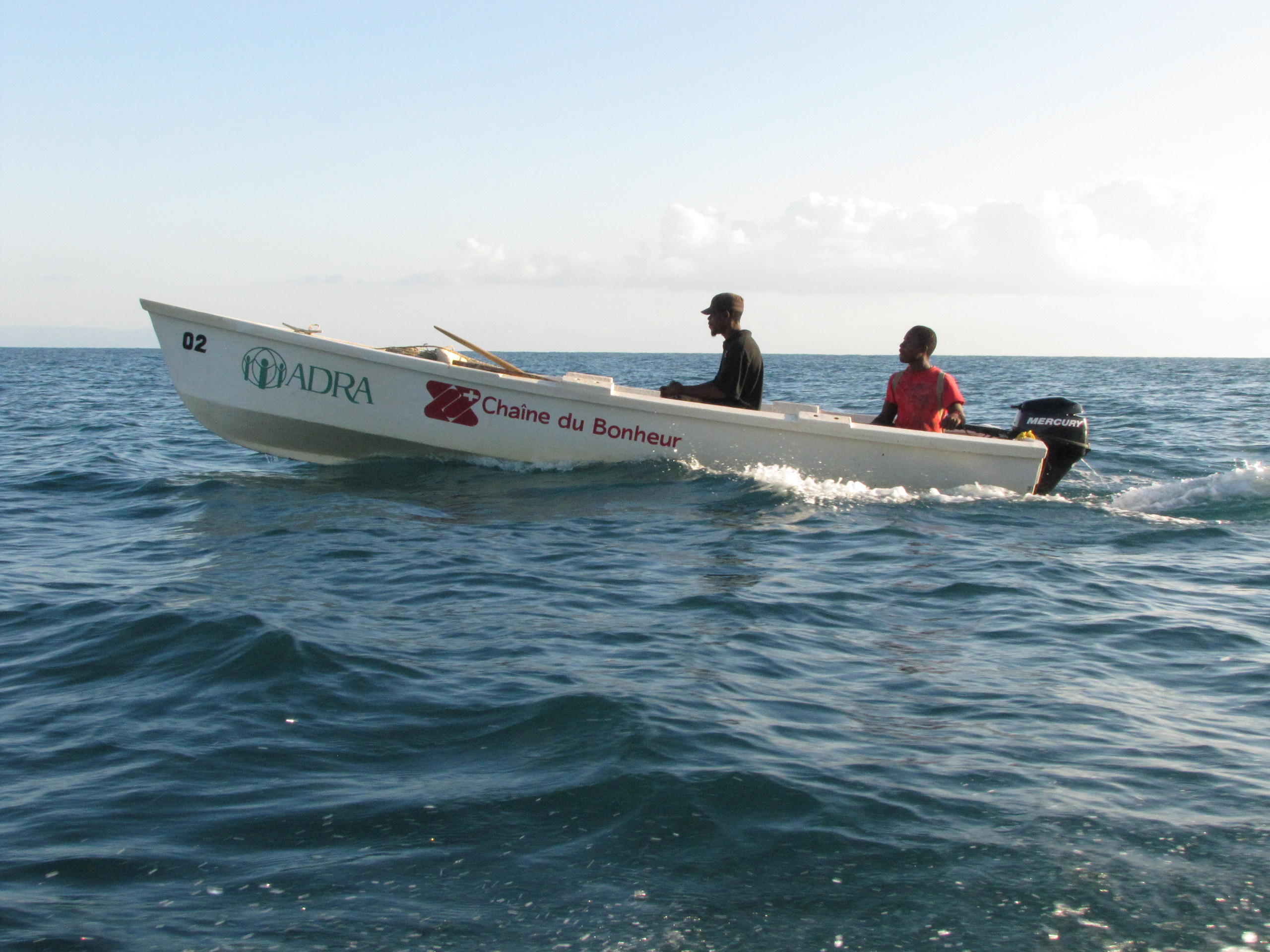
According to the analysis, 90% of the 525 households surveyed said they were able to cover their basic needs and restore their livelihoods thanks to the projects supported by Swiss Solidarity; 95% still lived in the accommodation they were given at the time.
Regarding the water supply, 75% of the households surveyed said they still used water sources that had been renovated or built by Helvetas, for example.
However, some water points are no longer functional. Reasons include stolen solar modules, technical defects, dried up springs or cisterns washed away by Hurricane Matthew in 2016.
Local committees
Towards the end of its work, Helvetas set up local committees to ensure the long-term functioning of the water sources. However, Chevallier says the continuation of these committees is not guaranteed owing to the differing interests of the authorities and the population.
The sustainability of the aid benefitted from the fact that Swiss aid organisations – unlike some other international aid organisations – were able to build on their networks in Haiti because they were already active there before the earthquake.
Chevallier emphasised that the impact of the aid was directly linked “to our knowledge of the people and institutions on the ground”.
A deep sense of solidarity between families is typical of Haiti, Chevallier says. “It was therefore particularly important that our external assistance didn’t destroy this local mutual help.”
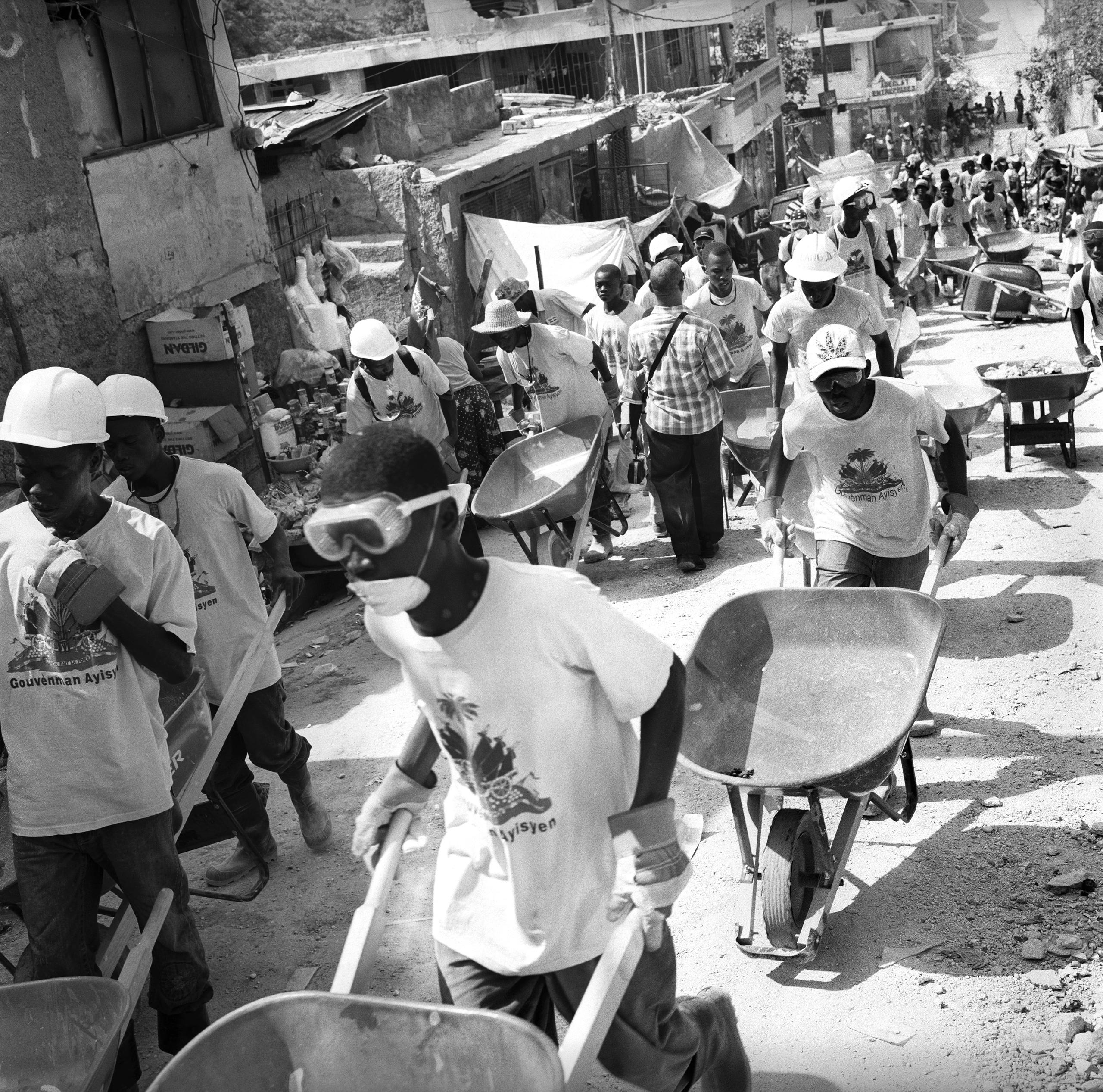
More
Haiti: The perpetual liberation
(Translated from German by Thomas Stephens)

In compliance with the JTI standards
More: SWI swissinfo.ch certified by the Journalism Trust Initiative

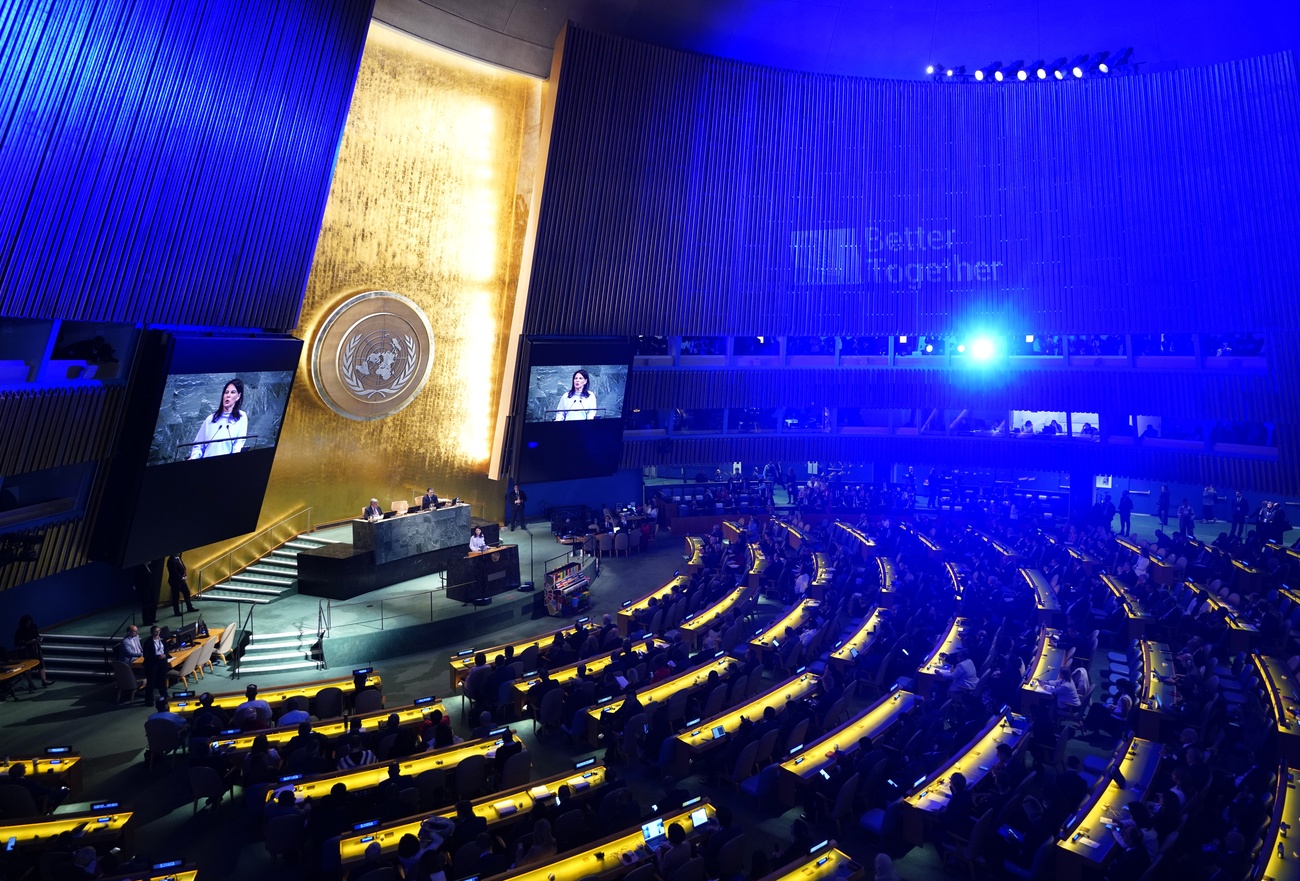
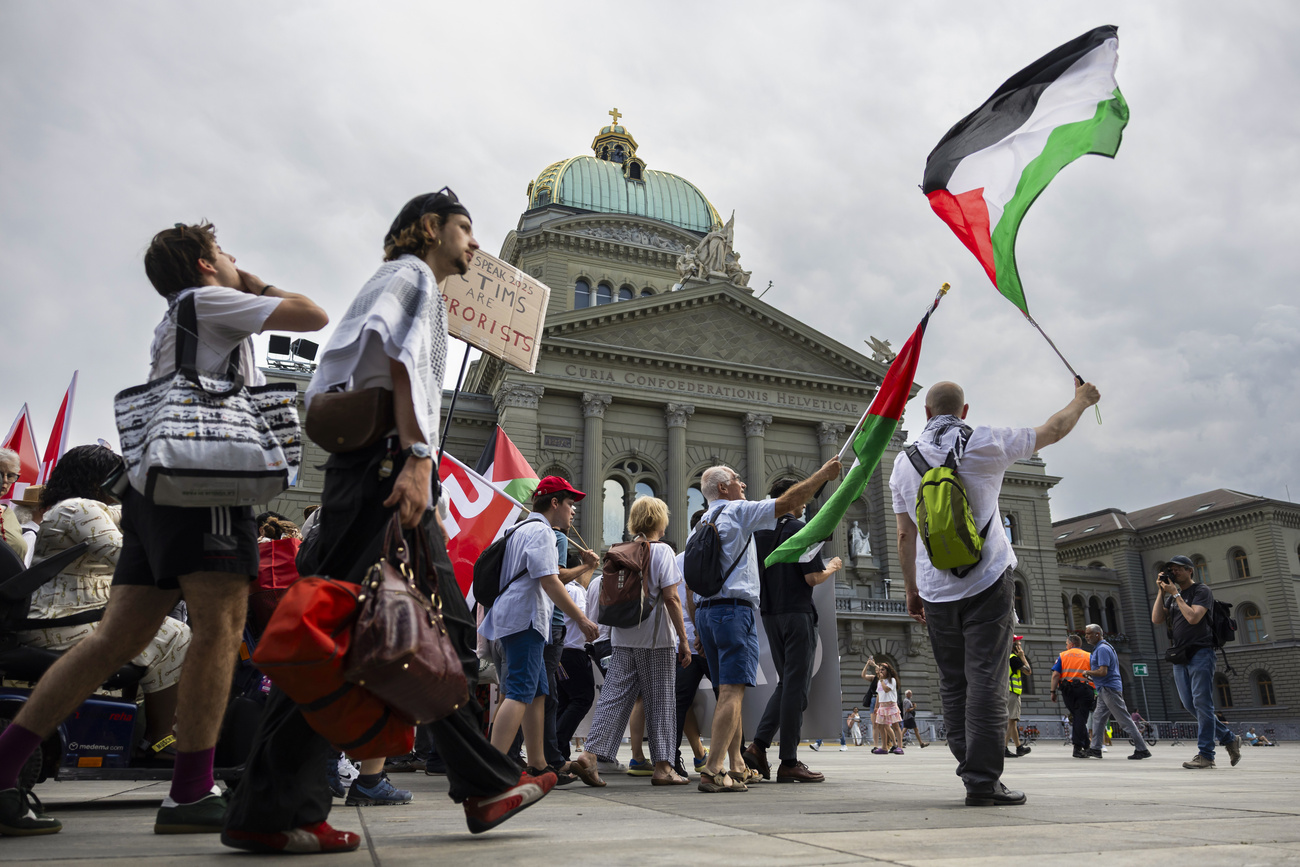


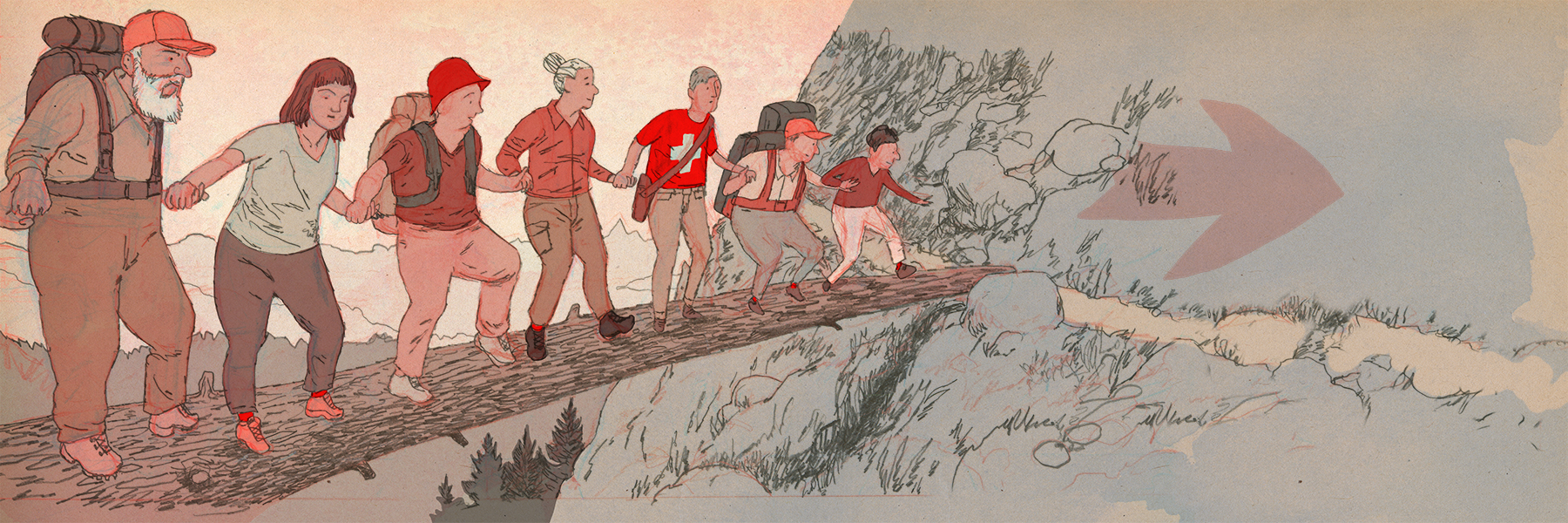






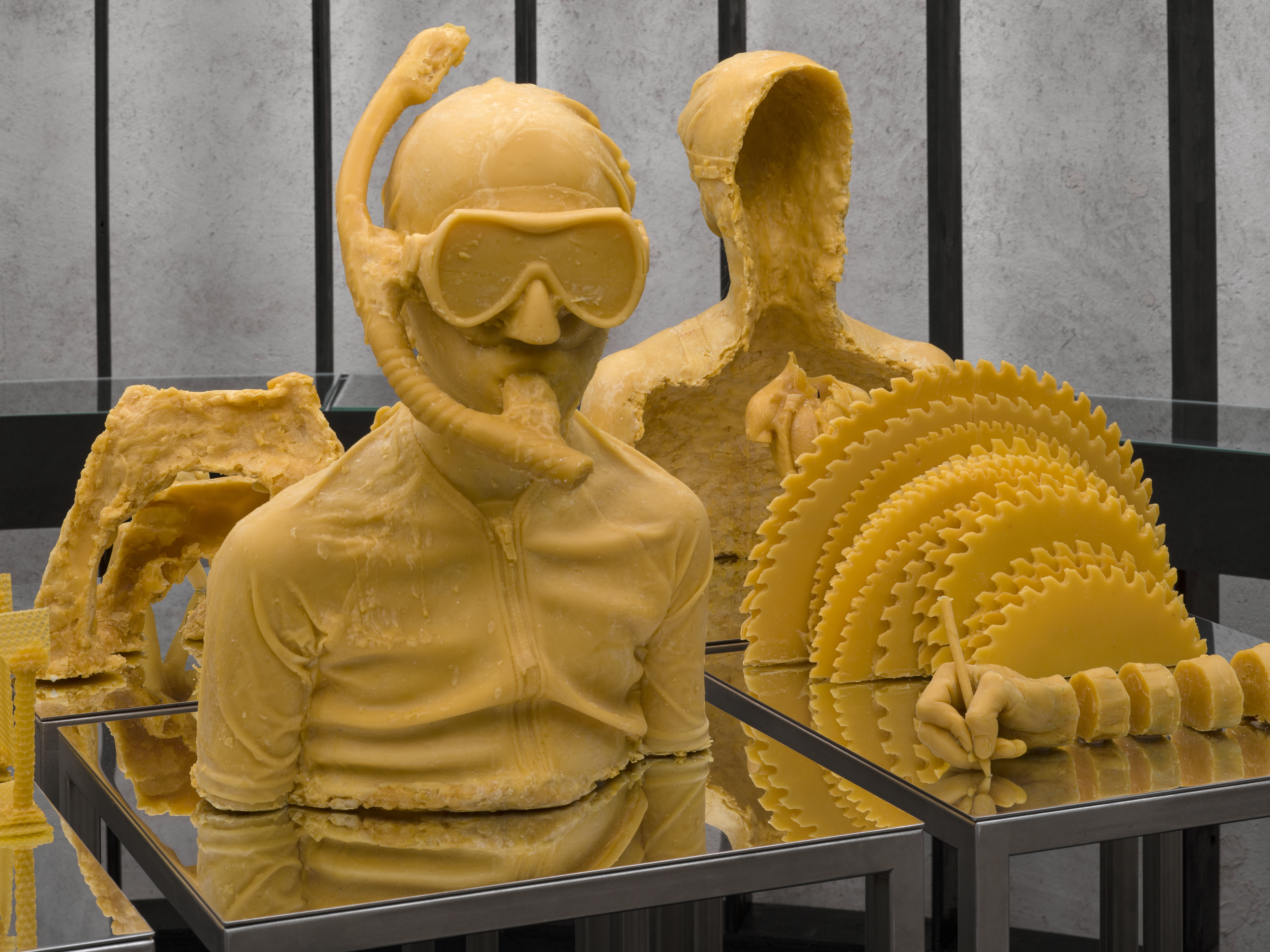














You can find an overview of ongoing debates with our journalists here . Please join us!
If you want to start a conversation about a topic raised in this article or want to report factual errors, email us at english@swissinfo.ch.